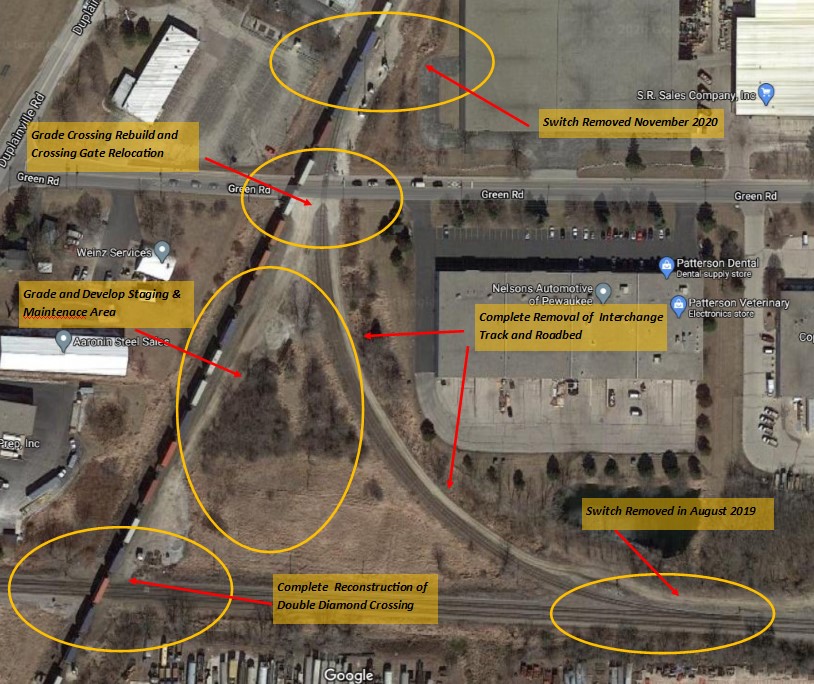
Duplainville, Wis., about 18 miles west of Milwaukee, was developed around 1848. A predecessor of the Milwaukee Road began building a new main line west toward Portage, Wis., running through Duplainville about 1855. The Wisconsin Central (Soo Line) built south from Rugby Junction to Chicago in 1885, crossing the Milwaukee Road at Duplainville. The crossing […]
Read More…
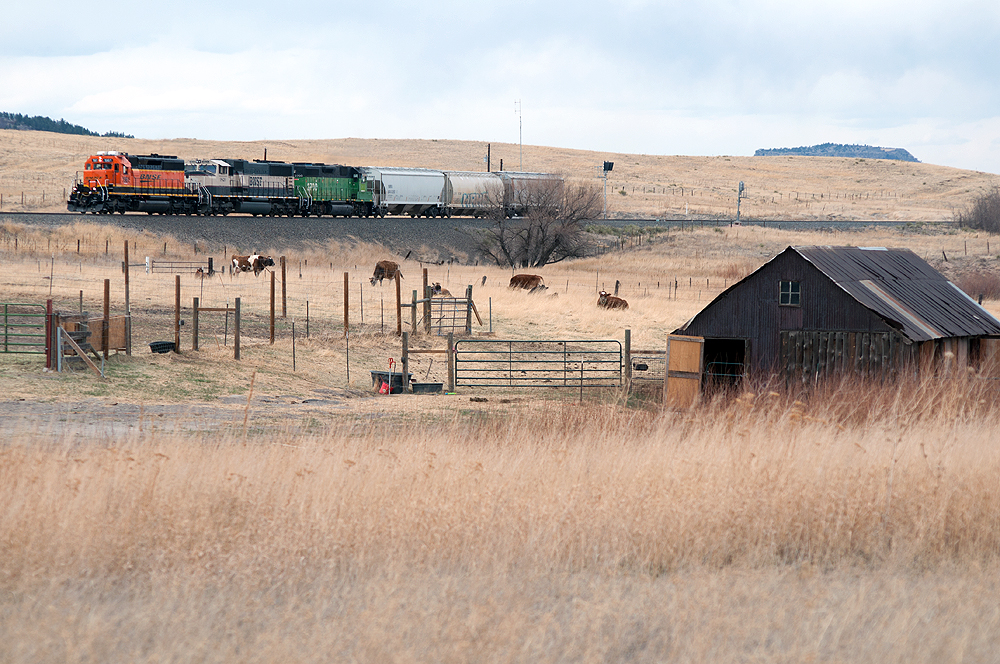
Modelers with small spaces, please consider the above Colorado Joint Line short train as one prototype you might want to model. Back in 2017, I was chasing trains from Denver south to Colorado Springs and Pueblo along Colorado’s famed Joint Line before a rail industry conference began. I was told something like “trains run like […]
Read More…
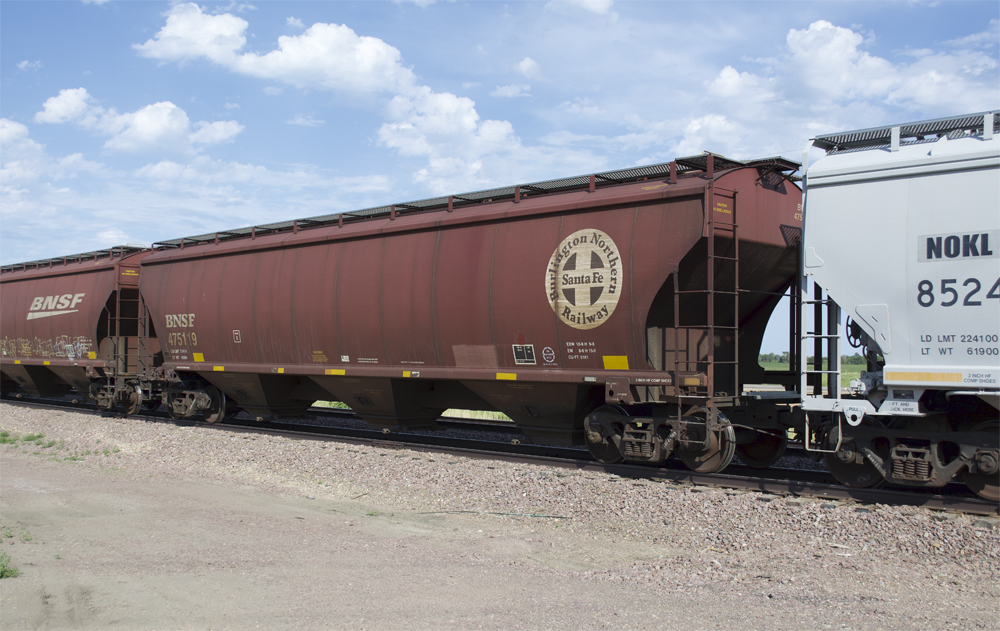
BNSF covered hopper variations are easy to spot if you live near or have railfanned along the BNSF Railway anytime in the past 20 years. If you have, you’ve most likely seen one of the railroad’s 100-plus car grain shuttles. These trains, dubbed “earthworms” by railfans because of how the long string of mineral red […]
Read More…
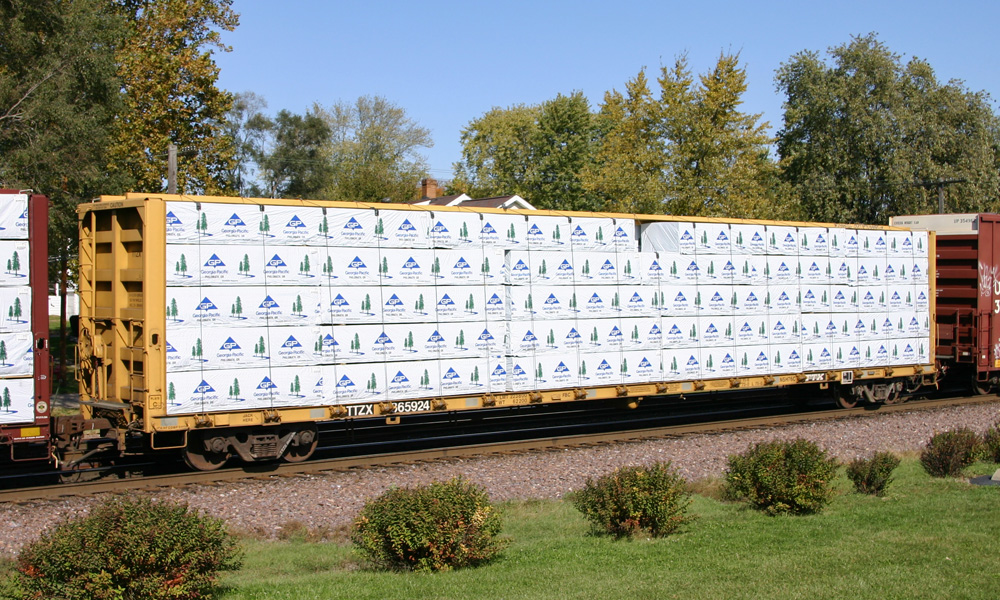
Q: I have made several stacks of scale 4 x 8 plywood for use as scenery on my HO scale layout. I place them as boxcar loads, but was wondering how lumber is shipped on the railroads? Was plywood in fact shipped in boxcars, or were other types of railcars used? – David Bellamy, Caledon, […]
Read More…
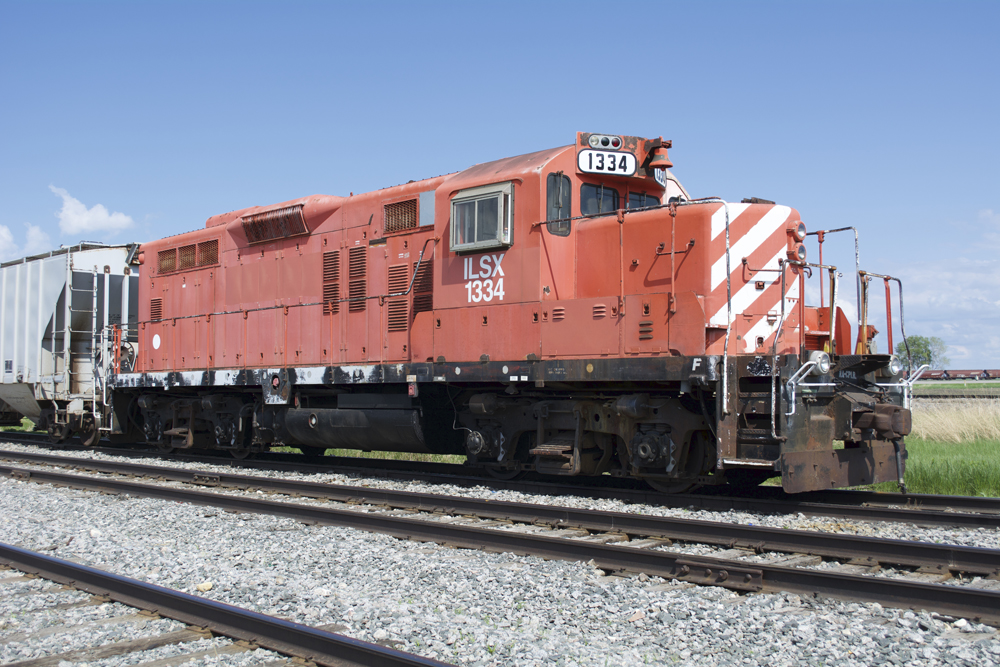
Industrial switcher locomotives add realism to any layout. Don’t believe me? OK, time for a show of hands. When you pass by a rail-served industry, do you take a quick glance to see if there’s a switcher on the property? That’s what I thought. I’m guilty of this, too. Today, thanks to satellite images on […]
Read More…
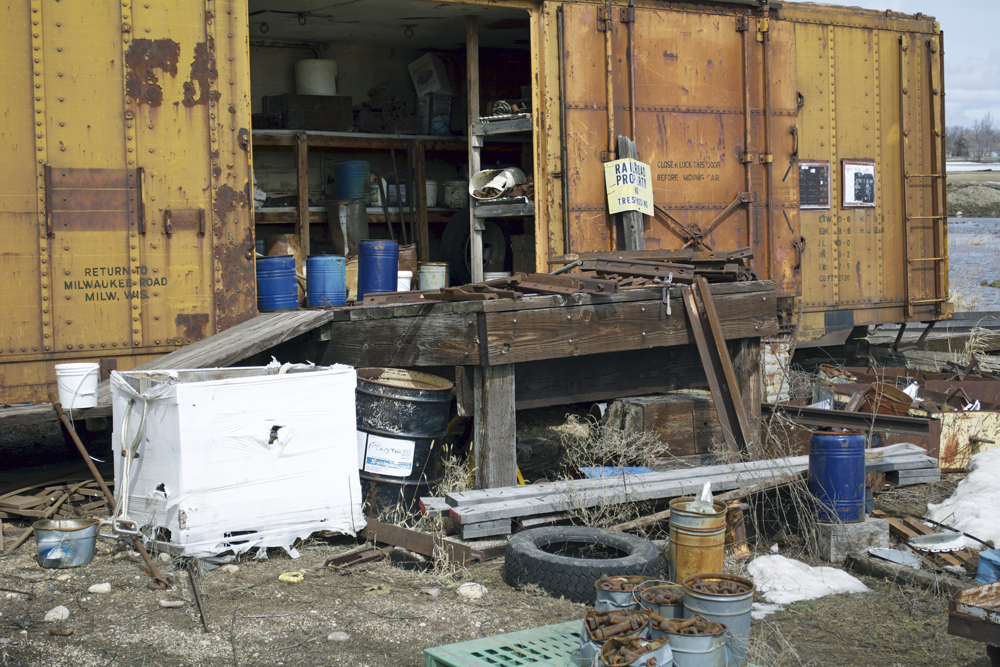
Model a boxcar storage scene to add realism to a model train layout. I’m a fan of shortline railroads. One of the many things I admire about these operations is how resourceful they are. I came across an example of this when I visited Twin Cities & Western (TCWR) subsidiary Sisseton Milbank Railroad (SMRR) in […]
Read More…
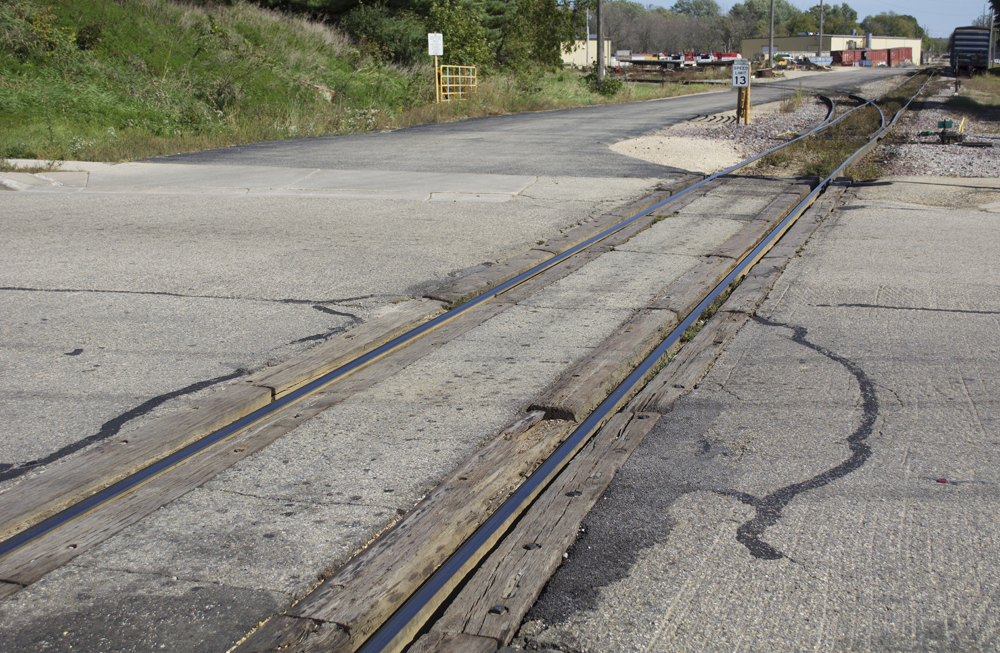
Grade crossings you can model are scene enhancers that you should consider adding to your list of projects. “Why a grade crossing?” you may ask. “I’d rather work on a locomotive, freight car, structure, or [fill in the blank with your favorite aspect of the hobby.]” I get it. Grade crossings you can model introduction […]
Read More…
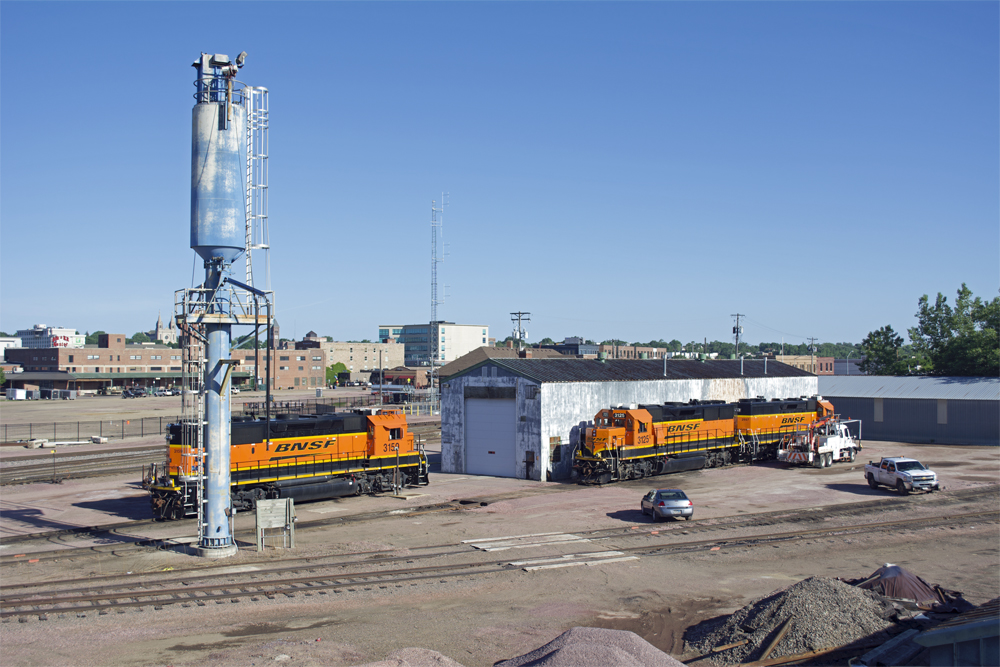
When you think of engine facilities on the BNSF Ry., images of large, multi-bay structures; wash racks; and sand towers and fuel columns that can handle 10 or more locomotives at a time probably come to mind. And that makes perfect senses considering the railroad’s size. BNSF has facilities like this in Alliance (Neb. and […]
Read More…

Want to model modern mainline action with one engine and two cars? Don’t worry – there’s a prototype for everything! On June 19th, 2021, Lindsay Korst photographed BNSF 6800, a General Electric ES44C4, hurrying westbound near Harrington, Wash. with an empty centerbeam flatcar (probably for added braking power) and a Boeing Aircraft parts car. How […]
Read More…
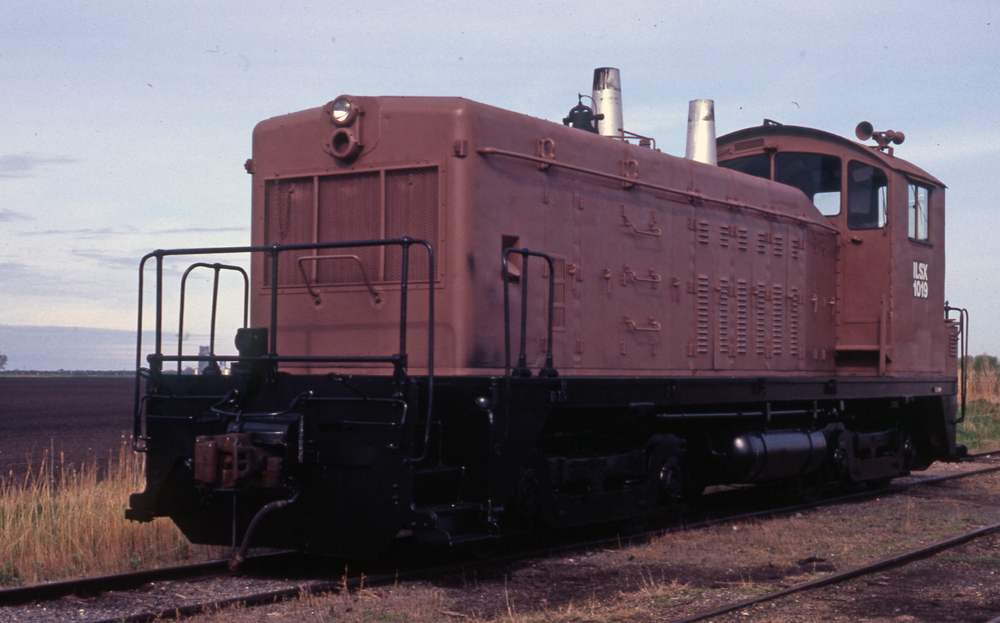
Independent Locomotive Service (ILSX) and KBN Inc. became co-owners of my hometown railroad, the Minnesota Northern (MNN), in August 2000. Since taking over the short line from RailAmerica, the railroad’s fleet of MNN-painted and lettered diesels has been supplemented with assorted lease units from ILSX. Everything from Electro-Motive Division (EMD) SW1s to SD40T-2s have been […]
Read More…
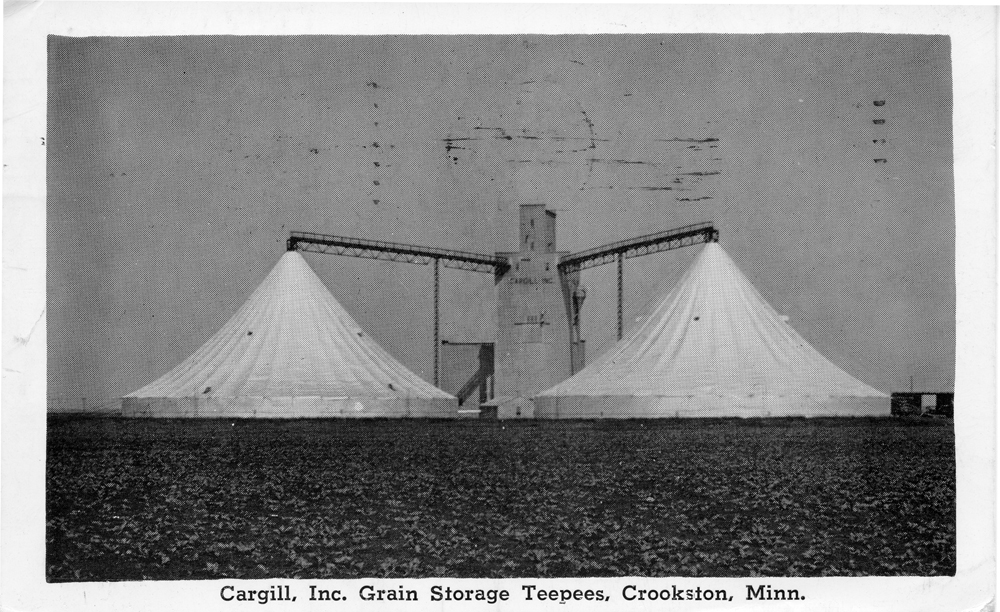
Welcome to the final installment in our three-part series “Modeling from postcards.” This time, we’ll take a look at cards that show two of Crookston’s rail-served industries. Welcome to Wilds. In 1964, Cargill Inc. built a grain elevator at the south end of Crookston near the station sign Wilds. In addition to the main elevator, […]
Read More…
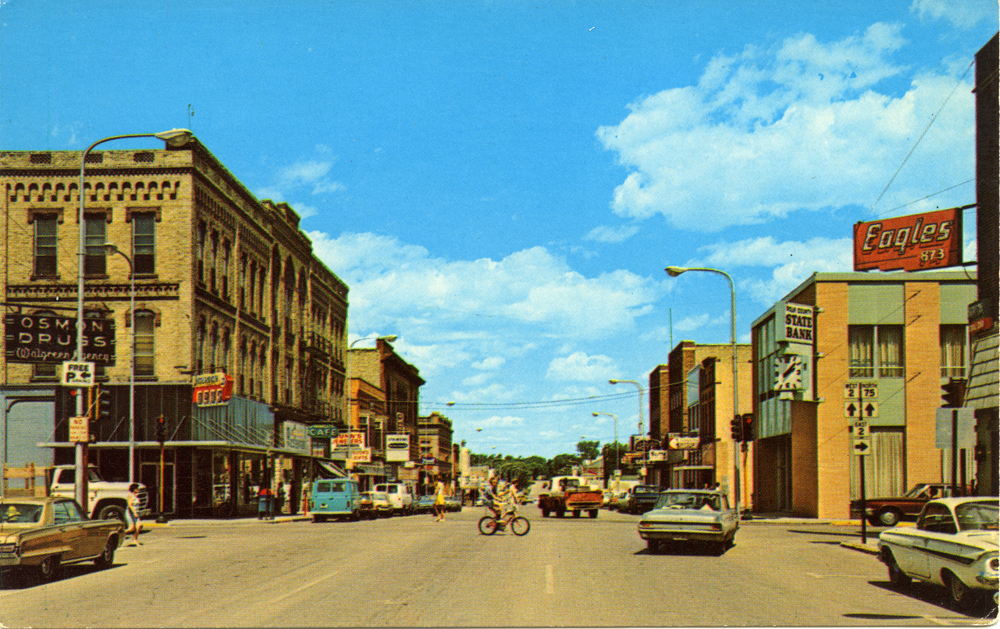
In last month’s installment, we took a look at two postcards that showed aerial views of Crookston, Minn., my hometown. This time we’ll examine two ground-level scenes, one in the city and the other in the country. The heart of downtown. The intersection of Broadway (the north-south street the photographer is standing in) and Robert […]
Read More…












